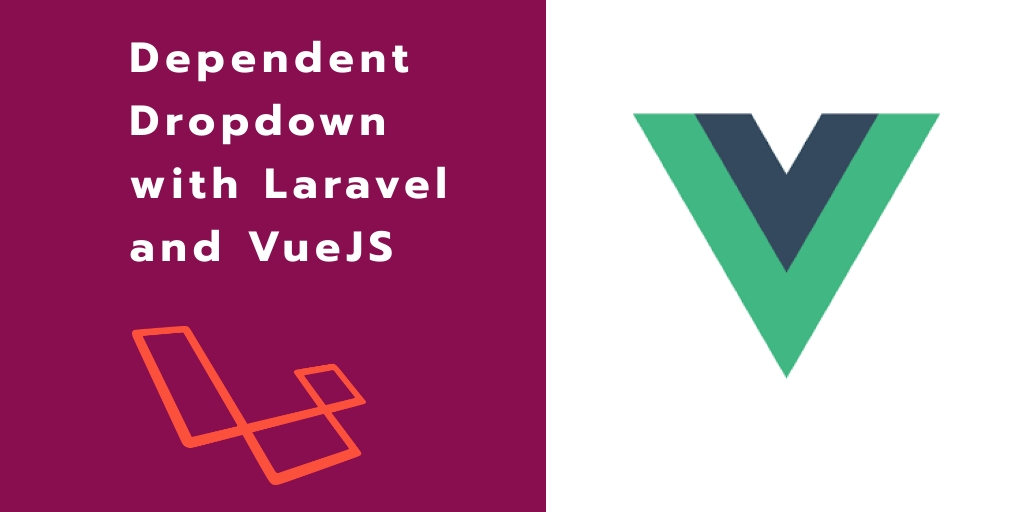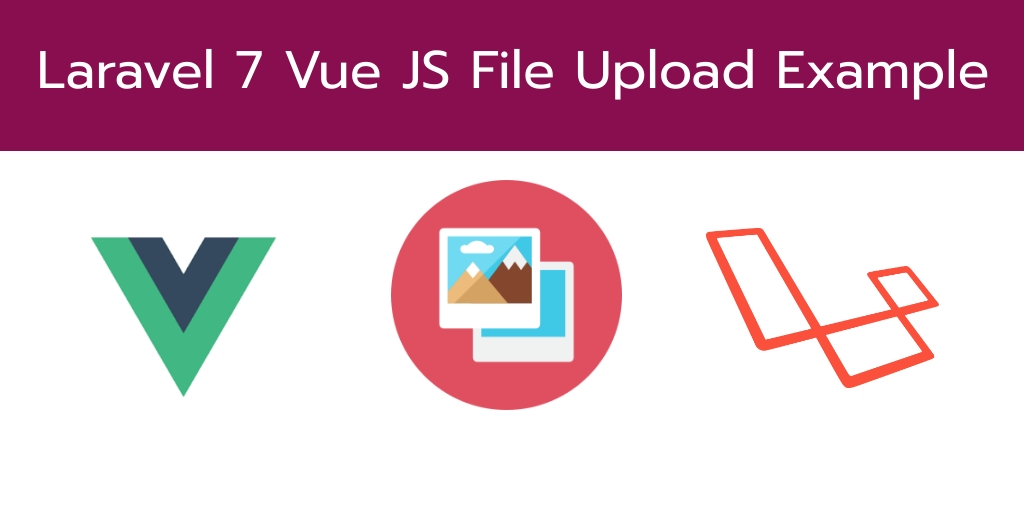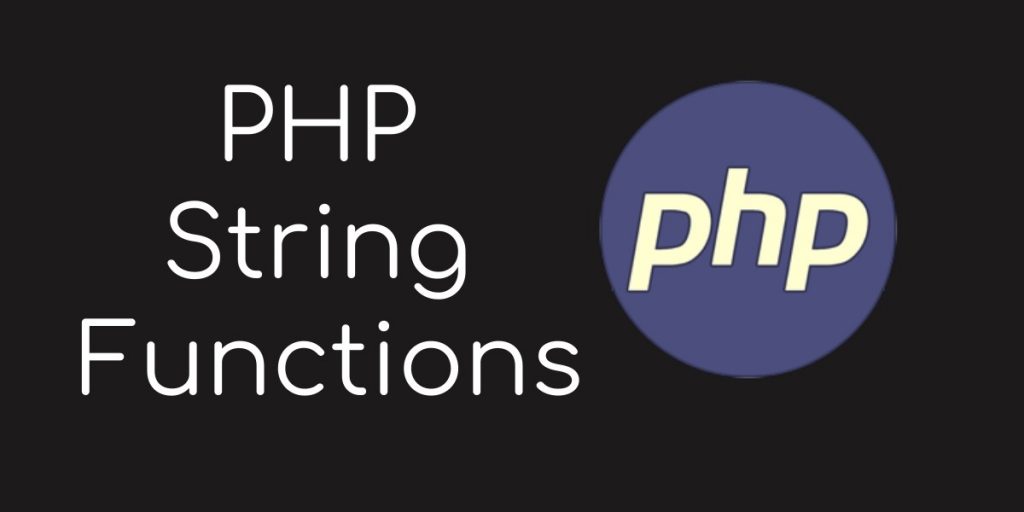Laravel Vue js dependent dropdown example tutorial, you will learn how to implement dependent dropdown with Vue js components in laravel.
Sometimes, you work with any laravel vue js apps. And you want to retrieve data according to selected dropdown and display data on Vue components.
So this tutorial will guide you step by step to build a dependent dropdown app with Vue js in laravel. as well as how to retrieve and render data on view components.
Laravel Vue JS Dependent Dropdown Example
Follow the below steps and build laravel vue js dynamic dependent dropdown apps:
- Step 1: Download Laravel Fresh App
- Step 2: Add Database Detail
- Step 3: Create Migration Files
- Step 4: Create Models
- Step 5: NPM Configuration
- Step 6: Add Routes
- Step 7: Create Controller By Command
- Step 8: Create Vue Component
- Step 9: Initialize Vue Components
- Step 10: Run Development Server
Step 1: Download Laravel Fresh App
In this step, you need to install laravel latest application setup, So open your terminal OR command prompt and run the following command:
composer create-project --prefer-dist laravel/laravel blog
Step 2: Add Database Details
After successfully install laravel Application, Go to your project .env file and set up database credential and move next step:
DB_CONNECTION=mysql DB_HOST=127.0.0.1 DB_PORT=3306 DB_DATABASE=here your database name hereDB_USERNAME=here database username hereDB_PASSWORD=here database password here |
Step 3: Create Migration Files
Next step, you need to run the following command:
php artisan make:migration create_countries_states_table
Now open create_countries_states_table.php migration file from database>migrations and replace up() function with the following code:
<?php
use Illuminate\Support\Facades\Schema;
use Illuminate\Database\Schema\Blueprint;
use Illuminate\Database\Migrations\Migration;
class CreateCountriesStatesTable extends Migration
{
/**
* Run the migrations.
*
* @return void
*/
public function up()
{
Schema::create('countries', function (Blueprint $table) {
$table->bigIncrements('id');
$table->string('name');
$table->timestamps();
});
Schema::create('states', function (Blueprint $table) {
$table->bigIncrements('id');
$table->integer('country_id');
$table->string('name');
$table->timestamps();
});
}
/**
* Reverse the migrations.
*
* @return void
*/
public function down()
{
Schema::dropIfExists('countries');
Schema::dropIfExists('states');
}
}
Next, migrate the table using the below command:
php artisan migrate
Step 4: Create Models
Use the following laravel artisan commands to build country and state model inside your laravel app:
php artisan make:model Country
php artisan make:model State
Step 5: NPM Configuration
You need to setup Vue and install Vue dependencies using NPM. So run the following command on command prompt:
Install all Vue dependencies:
npm install
To calling Laravel API routes. You need to install vue-axios. So use run the following command on command prompt:
npm install vue-axios --save
After installing all dependencies run this command:
npm run watch
Step 6: Add Routes
Next step, go to routes folder and open web.php file and add the following routes into your file:
routes/web.php
Route::get('get_countries', 'CountryStateController@getCountries');
Route::get('get_states', 'CountryStateController@getStates');
Step 7: Create Controller By Command
Next step, open your command prompt and run the following command to create a controller by an artisan:
php artisan make:controller CountryStateController
After that, go to app\Http\Controllers and open CountryStateController.php file. Then update the following code into your CountryStateController.php file:
<?php
namespace App\Http\Controllers;
use Illuminate\Http\Request;
use App\Country;
use App\State;
class CountryStateController extends Controller
{
/**
* Retrieve countries data
*
* @return void
*/
public function getCountries()
{
$data = Country::get();
return response()->json($data);
}
/**
* Retrieve states data
*
*/
public function getStates(Request $request)
{
$data = State::where('country_id', $request->country_id)->get();
return response()->json($data);
}
}
Step 8: Create Vue Component
Next step, go to resources/assets/js/components folder and create a filed called DropdownComponent.vue.
And update the following code into your DropdownComponent.vue. components file:
<template>
<div class="container">
<div class="text-center" style="margin: 20px 0px 20px 0px;">
<span class="text-secondary">Dependent Dropdown with Laravel and VueJS</span>
</div>
<div class="row justify-content-center" style="margin: 20px 0px 20px 0px;">
<div class="col-md-8">
<div class="card">
<div class="card-body">
<div class="form-group">
<label>Select Country:</label>
<select class='form-control' v-model='country' @change='getStates()'>
<option value='0' >Select Country</option>
<option v-for='data in countries' :value='data.id'>{{ data.name }}</option>
</select>
</div>
<div class="form-group">
<label>Select State:</label>
<select class='form-control' v-model='state'>
<option value='0' >Select State</option>
<option v-for='data in states' :value='data.id'>{{ data.name }}</option>
</select>
</div>
</div>
</div>
</div>
</div>
</div>
</template>
<script>
export default {
data(){
return {
country: 0,
countries: [],
state: 0,
states: []
}
},
methods:{
getCountries: function(){
axios.get('/get_countries')
.then(function (response) {
this.countries = response.data;
}.bind(this));
},
getStates: function() {
axios.get('/get_states',{
params: {
country_id: this.country
}
}).then(function(response){
this.states = response.data;
}.bind(this));
}
},
created: function(){
this.getCountries()
}
}
</script>
Now open resources/assets/js/app.js and include the FileUpload.vue component like this:app.js
require('./bootstrap');
window.Vue = require('vue');
Vue.component('dropdown-component', require('./components/DropdownComponent.vue').default);
const app = new Vue({
el: '#app',
});
Step 9: Initialize Vue Components
In this step, navigate to resources/views and create one folder named layouts. Inside this folder create one blade view file named app.blade.php file.
Next, Navigate to resources/views/layouts and open app.blade.php file. Then update the following code into your app.blade.php file as follow:
<!doctype html>
<html lang="{{ str_replace('_', '-', app()->getLocale()) }}">
<head>
<meta charset="utf-8">
<meta name="viewport" content="width=device-width, initial-scale=1">
<meta name="csrf-token" value="{{ csrf_token() }}"/>
<title>Dependent Dropdown with Laravel and VueJS - Tutsmake.com</title>
<link href="https://fonts.googleapis.com/css?family=Nunito:200,600" rel="stylesheet" type="text/css">
<link href="{{ mix('css/app.css') }}" type="text/css" rel="stylesheet"/>
</head>
<body>
<div id="app">
<dropdown-component></dropdown-component>
</div>
<script src="{{ mix('js/app.js') }}" type="text/javascript"></script>
</body>
</html>
Step 10: Run Development Server
Run the following command to start development server:
npm run dev
or
npm run watch
Conclusion
In this tutorial, you have learned how to build dependent dropdown app with Vue js in laravel.




